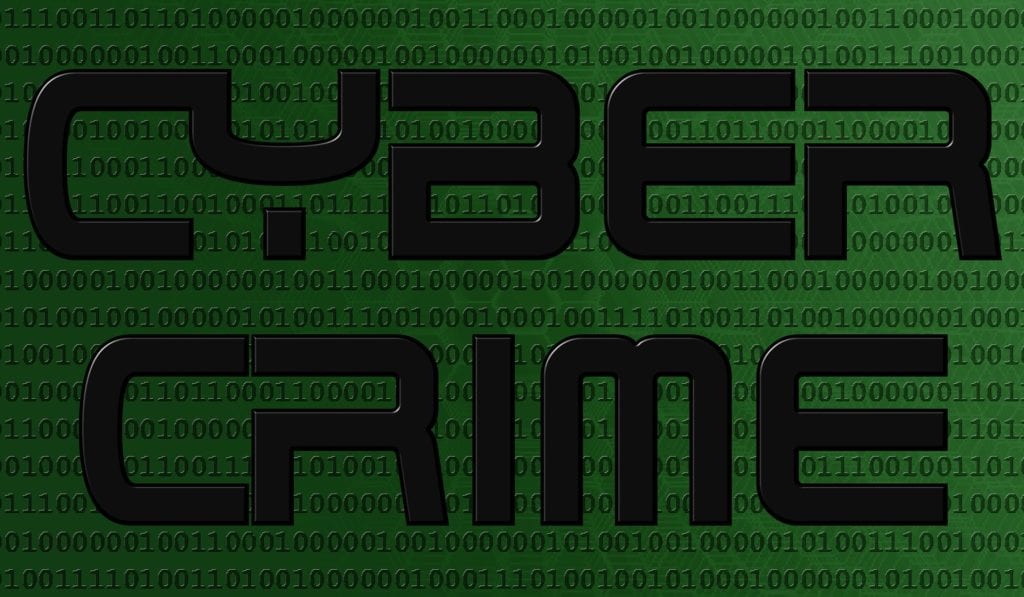
Cyber crimes require specially trained detectives to solve – computer forensics investigators.
When you hear the words “crime scene”, the picture that often comes to mind is one of blood spatter, bullet holes, and possibly a chalk outline. Would you be correct? Certainly, but not all the time. More and more crimes are taking place online, and the evidence involved has nothing to do with physical or tangible things. There is no blood spatter in The Cloud. No bullet holes or knife wounds in digital data. No stray hairs or fingerprints online. Evidence in the digital world is an entirely different kettle of fish.
It is the job of a computer forensics investigator to uncover information contained on a digital artifacts. Curious about what a digital artifact is? Digital artifacts include computer systems, hard drives, flash drives, CDs, and other types of storage devices. The category also includes electronic documents and digital media like files, emails, texts, and images. So while a computer forensics investigator is still a type of detective, the evidence they work with is exclusively digital in nature. Sounds kind of geeky, right Sherlock?
Computer forensics are used for two types of criminal cases. First, in cases where the crime itself is digital in nature, or took place online. Examples of this would be hacking, revenge porn, distribution of child pornography, identity theft and certain kinds of fraud. If you want to know more about these types of crimes and how they’re prosecuted in Michigan, we wrote a comprehensive two pieces article on that subject recently that we encourage you to read.
Even non-cyber crimes need computer forensic investigators.
However, computer forensics plays a role in solving many crimes where computers played only a minor role in the crime itself. For example, investigators use cell phones to triangulate a person’s location. This can help a prosecutor prove that the accused was in the vicinity of a crime when it took place. Another example would be internet search history. Someone who is accused of murdering their missing spouse might find it hard to defend themselves if their browser history is full of searches for topics like ‘how to hide a body’ and ‘how to dispose of a corpse.’
A classic example of how computer forensics can be used to solve murder cases would be the Laci Peterson murder. Laci was reported missing on Christmas eve of 2002. Scott Peterson, her husband was eventually accused of murdering her and their unborn son. Although he denied it, and claimed that he had been out fishing when she disappeared, his internet history revealed a search for a boat to buy, the location of a dock, and the tides of the San Francisco Bay, all of which were necessary for disposing of a body. Laci’s body washed up months later, in April. Scott was convicted and is currently on death row.
Join us next time, as we unpack the subject of computer forensics, and discuss just how this particular branch of science can make all the difference to a criminal case. Until then, if you or a loved one are accused of using a computer to commit a crime, or committing a crime involving a computer, call The Kronzek Firm immediately at 866 766 5245. Our highly skilled criminal defense attorneys and forensic computer examiners have spent decades successfully defending the people of Michigan against all types of criminal charges. We can help you too.







